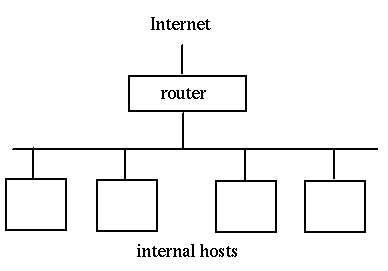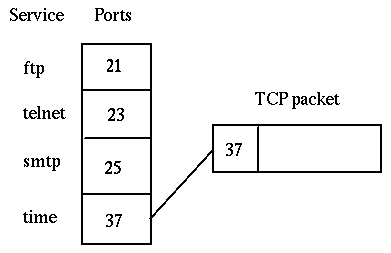 Ogg-Vorbis format, 19Mbytes Ogg-Vorbis format, 19Mbytes
|
 MP3, 19Mbytes MP3, 19Mbytes
|
 WAV format, 210 WAV format, 210
|
 Ogg-Vorbis format, 40Mbytes Ogg-Vorbis format, 40Mbytes
|
 MP3, 40Mbytes MP3, 40Mbytes
|
 WAV format, 440Mbytes WAV format, 440Mbytes
|




